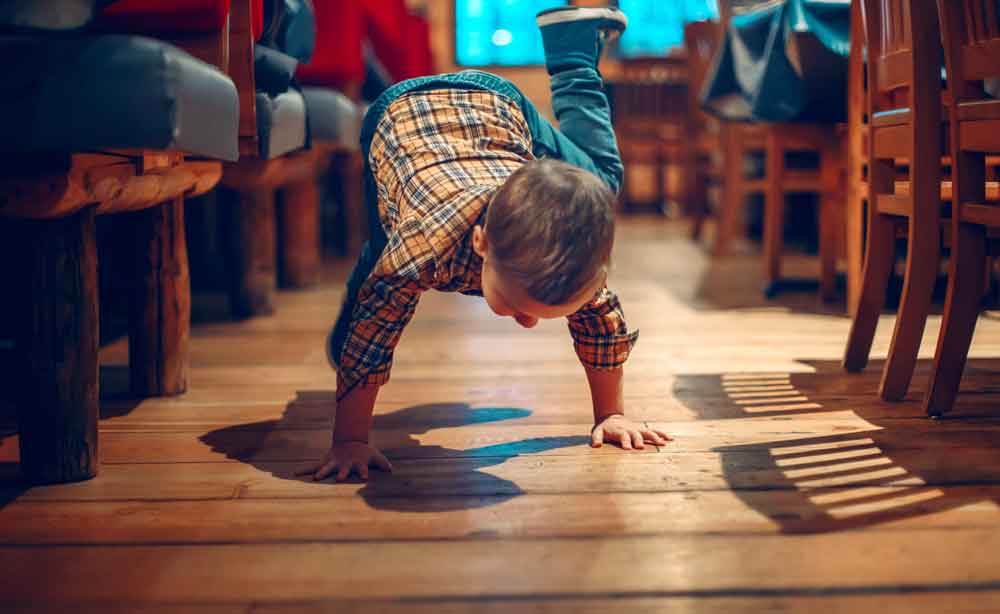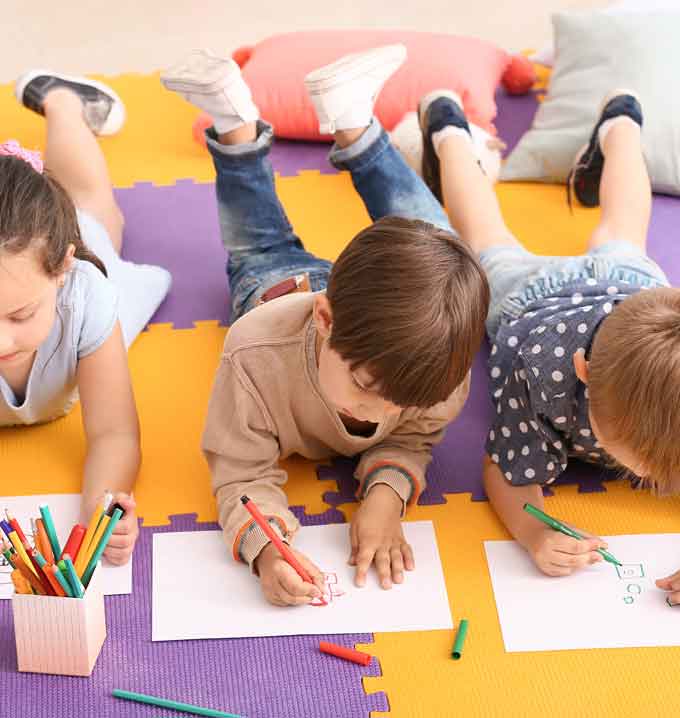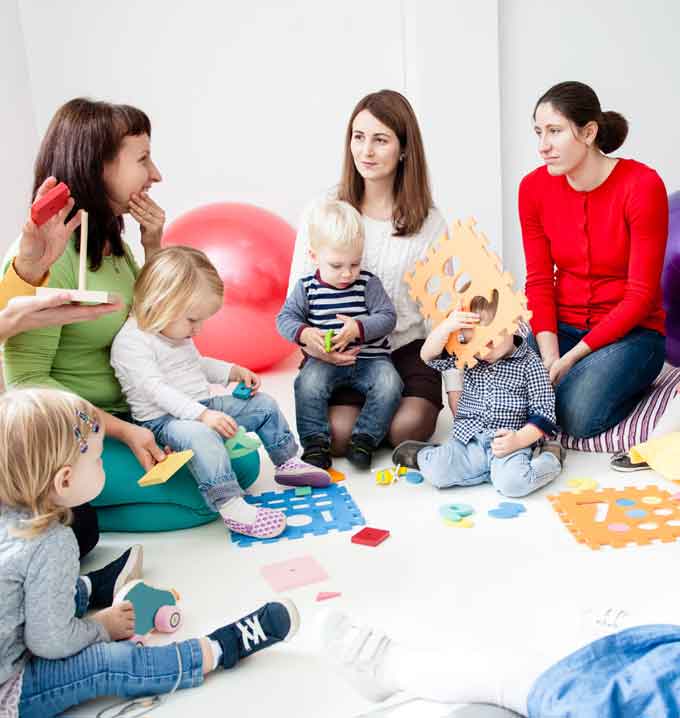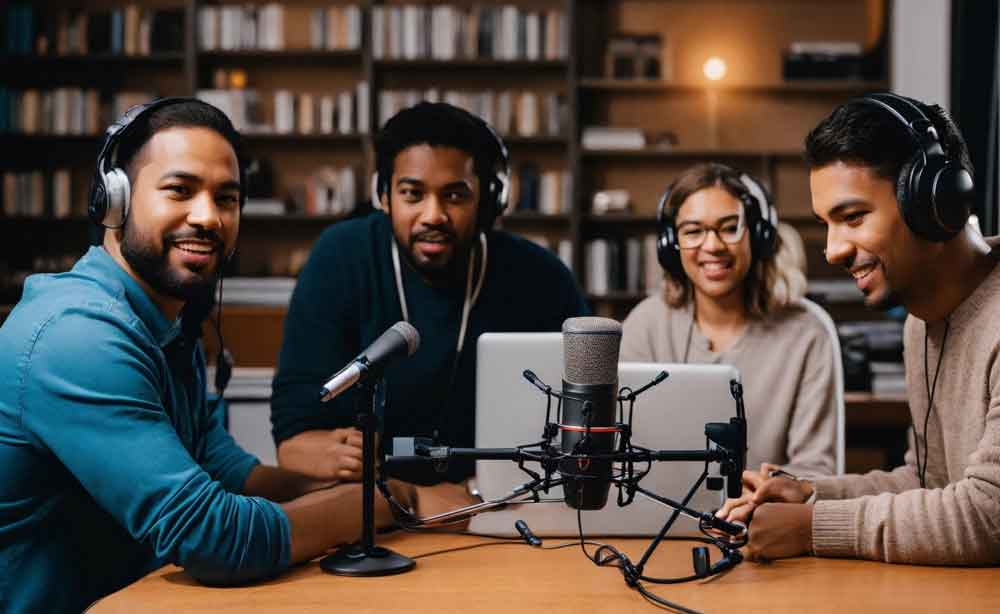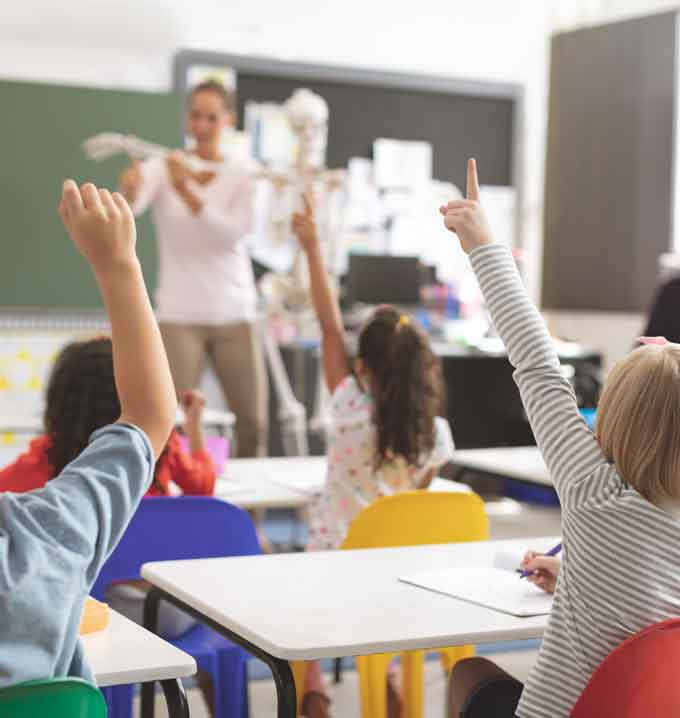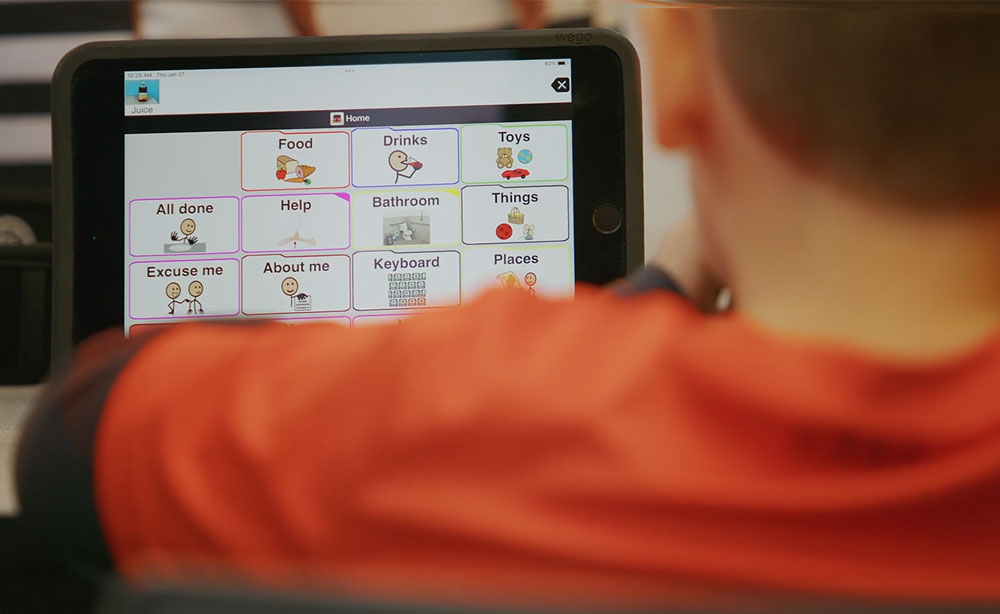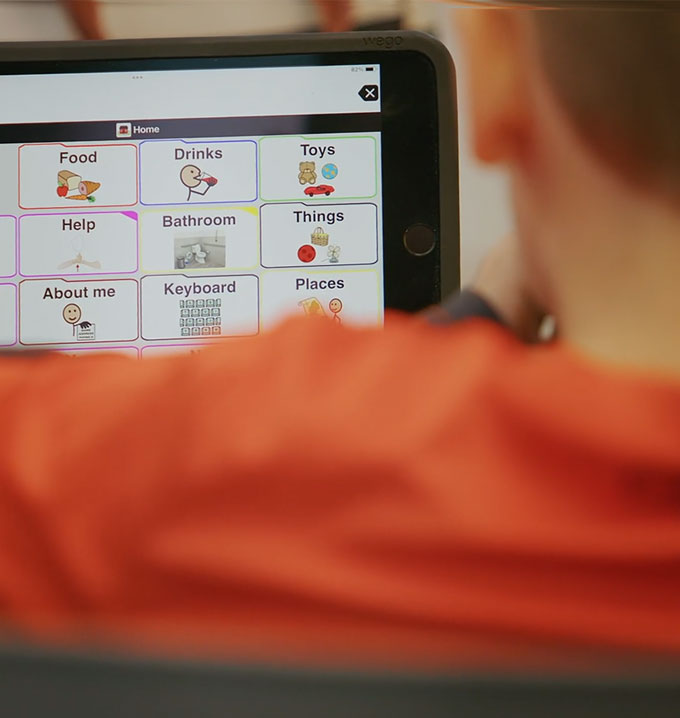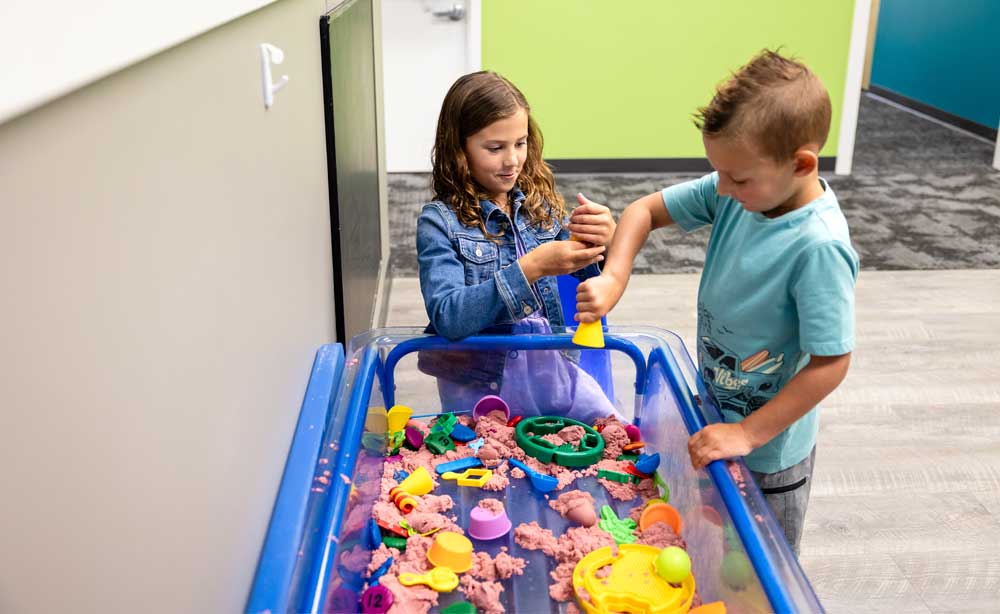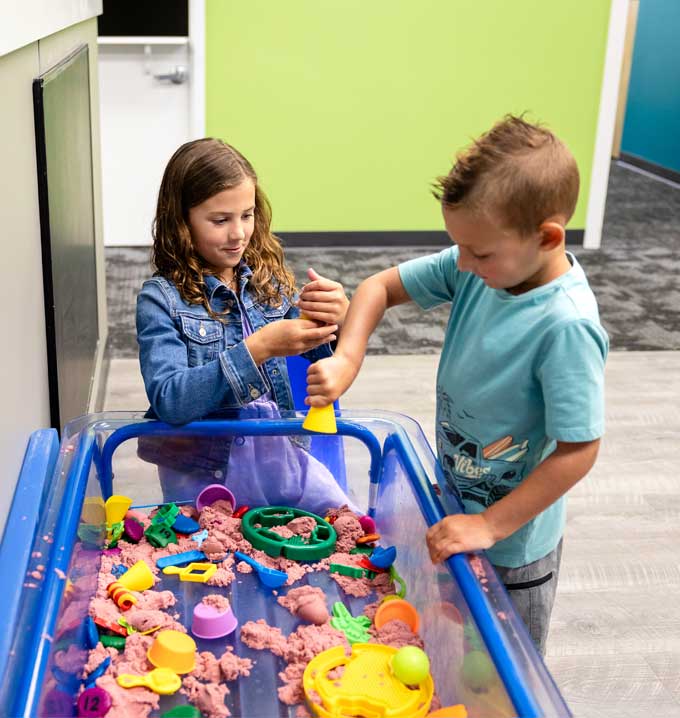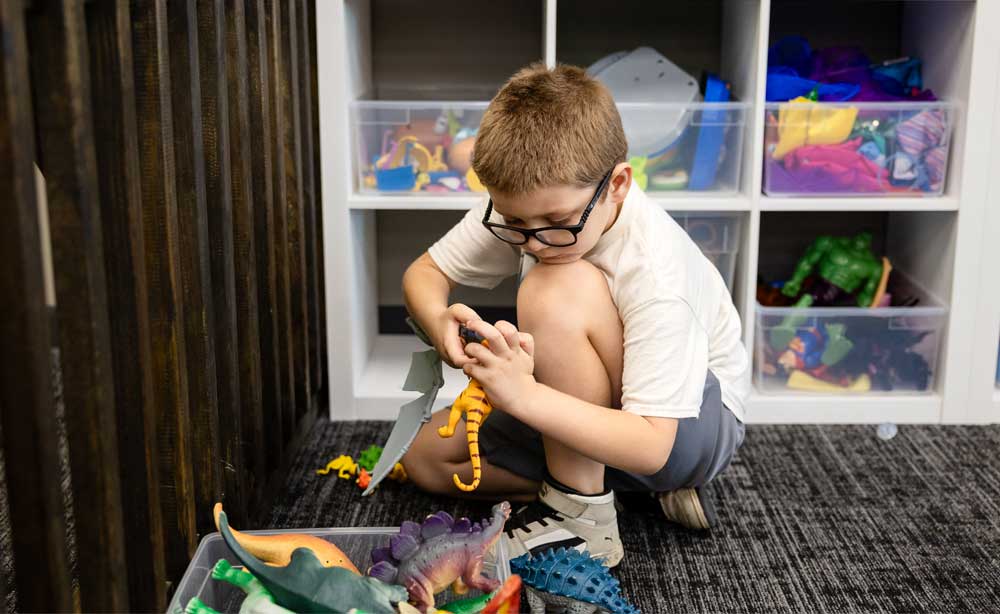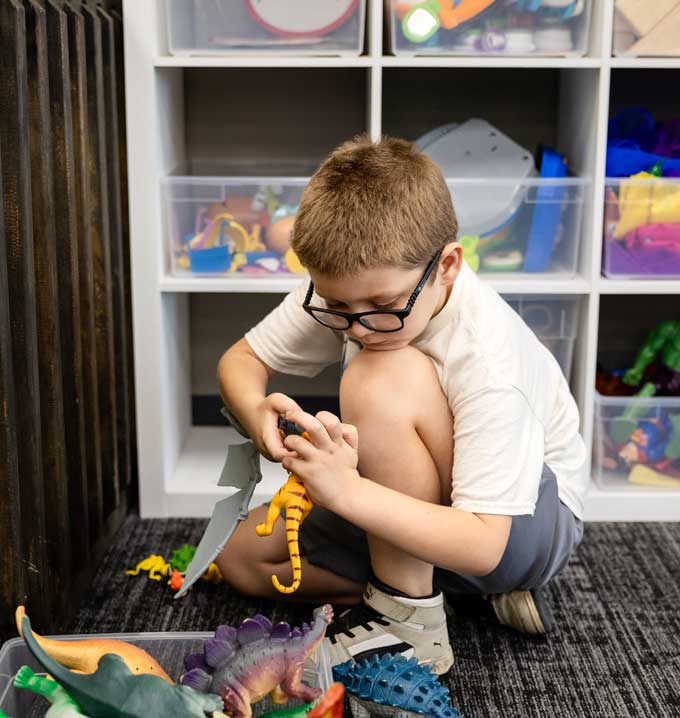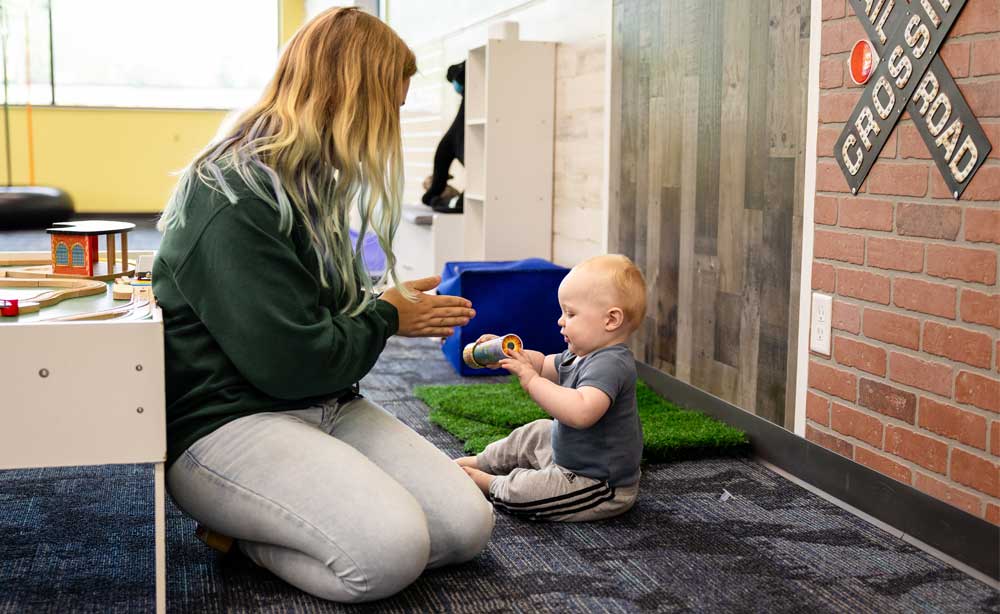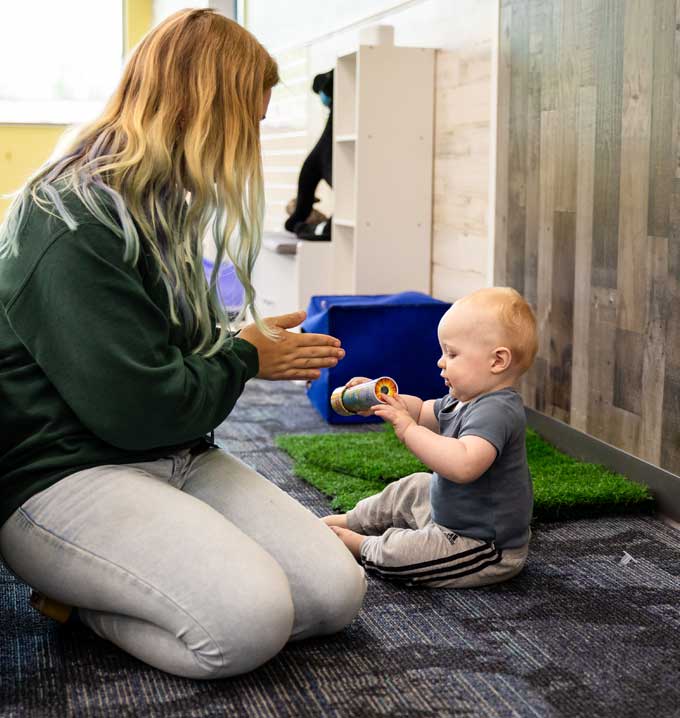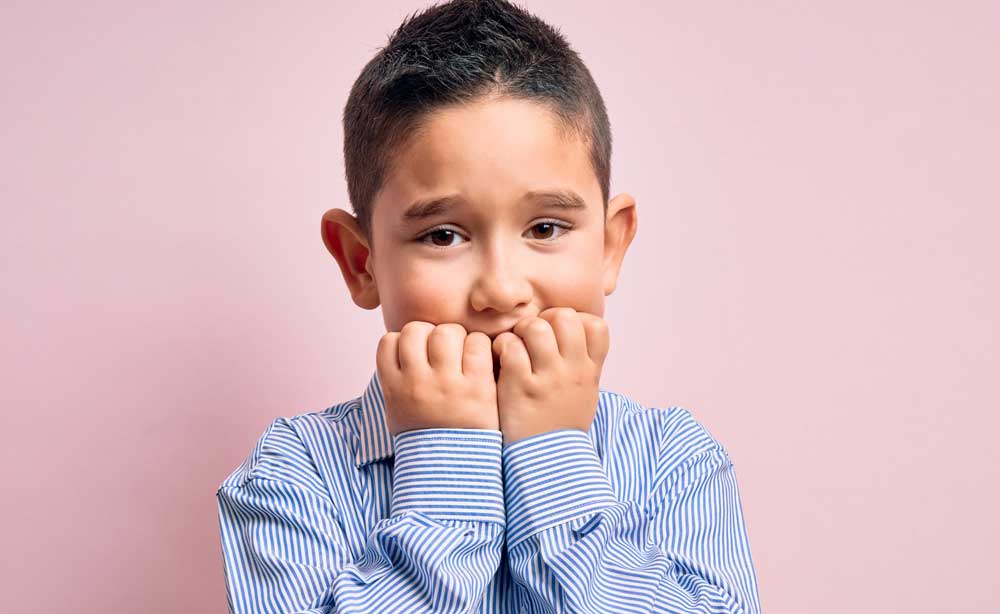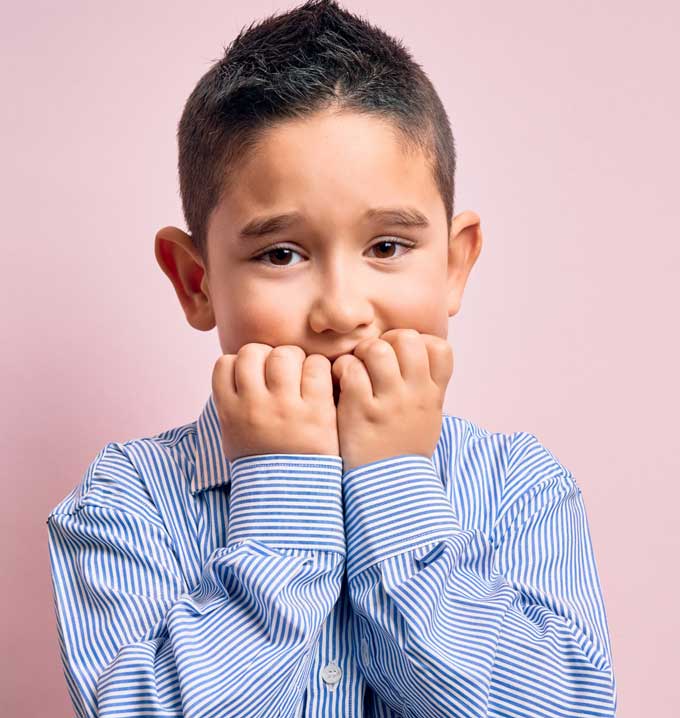Dining out with autistic children can be a big challenge. Sensory sensitivities, unfamiliar environments, and strict social expectations are often stressful and can lead to overstimulation or disruptive behavior. But, with the practical tips in this blog, you can help make going out for a meal a more enjoyable experience for the whole family.

Dining Out With Autistic Children: Tips To Avoid Overstimulation
Eating out can be a delightful treat for everyone, but for families with autistic children, something as simple as having a meal at a restaurant can be very stressful and anxiety-inducing, not just for the parents but for the child as well. The unfamiliar environment, overwhelming sensory input, and unpredictability of restaurants can quickly get too much for autistic children to handle, so they tend to become overstimulated and disruptive. However, with a bit of preparation and some practical strategies, dining out can still be an enjoyable experience for the whole family.
This guide discusses some strategies to calm an overstimulated autistic child and ensure smoother, more enjoyable restaurant visits.
Why Do Autistic Children Struggle in Restaurants?
There are several reasons autistic children become overwhelmed in restaurants. One of the most common contributing factors is that many autistic children have heightened sensory sensitivities. The chatter from other diners, clinking of cutlery, and background music can be a lot to deal with. This, combined with an unfamiliar environment, bright lights, various smells from the food, and the overall bustling atmosphere, can make it difficult for them to stay calm and focused.
Restaurants can also be unpredictable, which can be challenging for autistic children. Waiting for a table, delays in food service, limited menu options, and unexpected events (like a sudden birthday song) can be quite distressing. Autistic children often prefer structured environments, and the lack of control in a restaurant setting can be unsettling.
Certain social expectations also go hand-in-hand with restaurant visits, such as sitting still, using appropriate table manners, and interacting with waitstaff. These social demands can be very stressful for autistic children, especially those who struggle more with communication and understanding social cues.
Recognizing these challenges and your child’s unique triggers can help you prepare for a restaurant visit and create a more accommodating, comfortable environment that everyone can enjoy.
How To Take Your Autistic Child to a Restaurant
Taking your autistic child to a restaurant can feel daunting, but with the right tools for parents and strategies to prevent your child from becoming overstimulated in public, dining out can become a positive part of your family routine. Here are a few tips to help you get ready to go to a restaurant with your autistic child.
Preparing for a Restaurant Visit
Preparation is key to a successful dining experience. Here are some tips to help you get ready:
- Plan ahead: Choose sensory-friendly restaurants or call ahead to discuss your child’s needs with the staff. Pick a place that you know might have a specific type of table arrangement that works for you, or where tables are more spread out.
- Bring comfort items: Pack your child’s favorite toys, headphones, or blanket to provide comfort and familiarity.
- Look at the menu beforehand: Look at the restaurant’s menu online and decide what to order in advance to minimize waiting time and reduce stress.
- Timing your visit: Go at a quiet time of day. Think early dinners around 4:00 or 5:00 pm if your family’s schedule allows it. Consider a late afternoon lunch if you are going out on the weekends. Early dinners and late lunches tend to be less busy for restaurants and will provide a quieter and less stimulating environment for your child.
Creating a Comfortable Environment
Making the restaurant environment comfortable for your child can make a big difference.
- Manage sensory overload: Consider allowing your child to use earplugs or noise-canceling headphones to help with the noise. They may even benefit from sunglasses or a hat to help with the bright lighting.
- Choose the right place to sit: Opt for quiet, low-traffic areas away from the kitchen, bathrooms, and main entrance. If possible, ask to be seated at a table that works best for you, a booth might be more contained, but also more cramped space, your child might prefer his/her own chair, etc.
- Keep their food simple: Ask in advance about mixed textures and if there is an option to request the item plain. Consider ordering a food item that your child is already familiar with and that you know they will enjoy, or if it is an option, bring your own!
Communicating With Restaurant Staff
Service workers are generally very friendly, accommodating people. Still, communicating with them beforehand can go a long way in creating a positive dining experience for everyone.
- Inform the server: Tell your server about your child’s needs and ask for special accommodations, such as a quiet table or specific food preparations.
- Ask for patience: Request that the staff be patient and understanding, especially if your child has specific dietary requirements or needs extra time.
- Prepare for loud, unexpected noise: Ask your server to give you a heads-up if there will be any singing for a birthday at a table nearby so that you can take your child outside for a few moments while they sing.
Handling Challenges and Meltdowns
Even with the best preparations, challenges can arise.
- Stay calm: Keep your own stress levels in check. Your calm demeanor can help soothe your child.
- Take breaks: If your child becomes overwhelmed, step outside for a walk or find a quiet space for a sensory break. Let them walk around briefly or sit in the car to calm down.
- Have an exit plan: Be prepared to leave the restaurant if needed. Ending the outing early is okay if your child is too stressed. Ask the server to bring your check and to go boxes, earlier than normal, to avoid any issues should you need to make a quick exit.
Making the Dining Experience Enjoyable
Keeping your child engaged and happy during the meal is crucial.
- Bring activities: Pack a bag with coloring books, scent kits, fidget toys, or an iPad to keep your child occupied.
- Engage in conversation: Talk to your child about the experience, ask them what they see and hear, and make the outing a learning experience.
- Positive reinforcement: Acknowledging and celebrating positive moments can reinforce desired behaviors. Praise your child for their efforts and good behavior during the meal.
- Create positive associations: End the outing positively, like with their favorite treat or activity.
Going to a restaurant with an autistic child will undoubtedly come with challenges. Still, it’s important to remember that this doesn’t mean social situations like dining out are off the table — no pun intended. With thoughtful preparation, effective communication, and a few strategic accommodations, it is more than possible to manage the challenges associated with autism and overstimulation in social settings and make eating out a more enjoyable, less stressful experience for you and your child.


